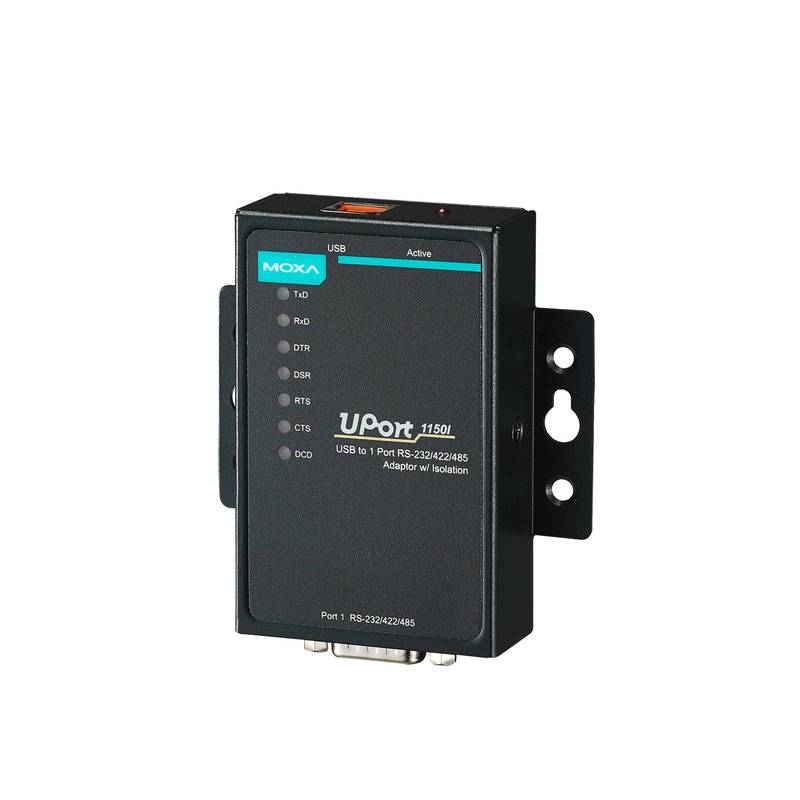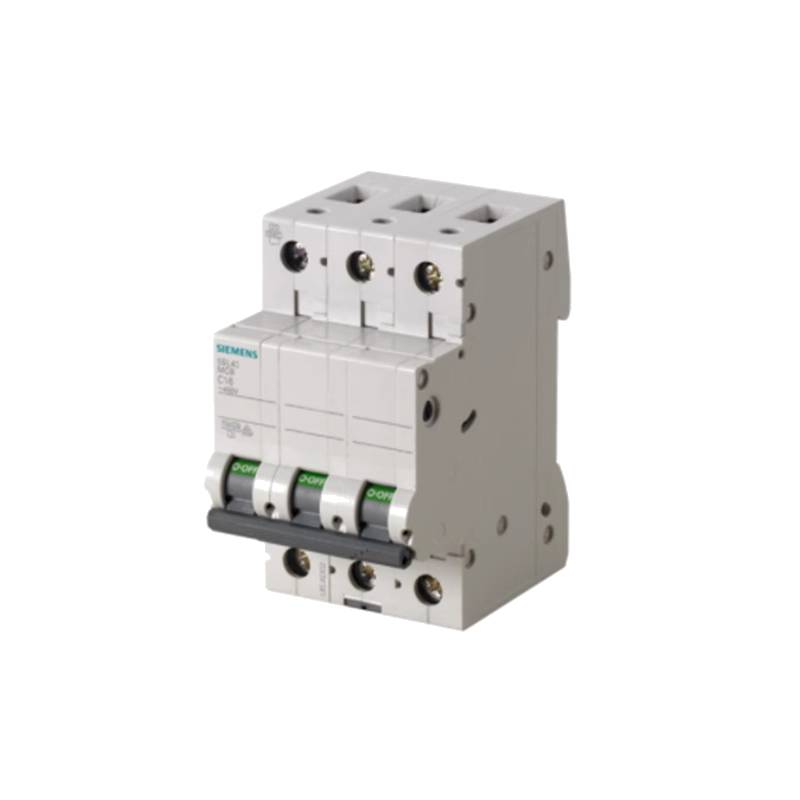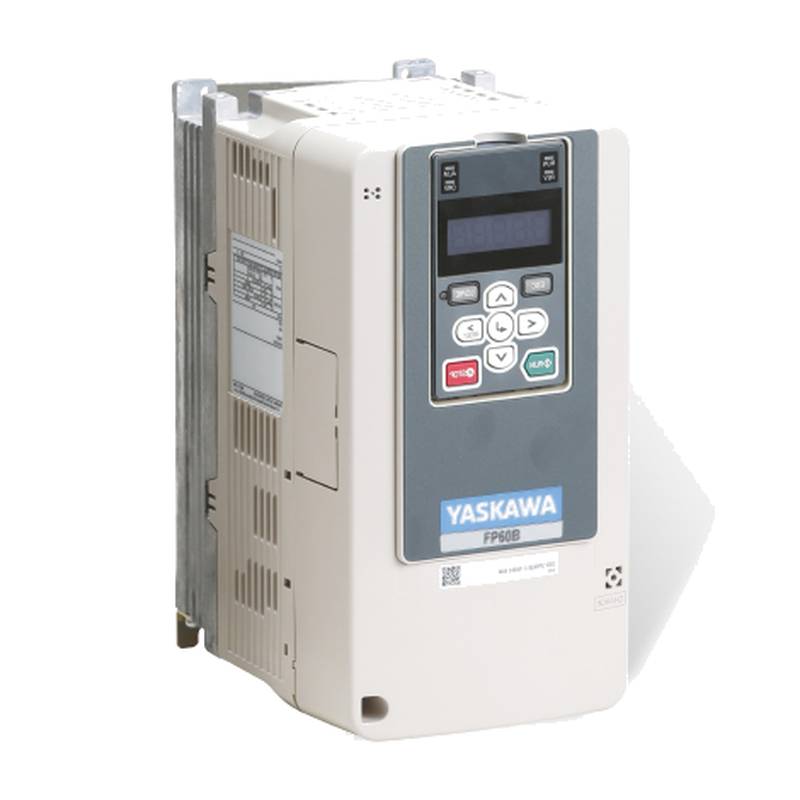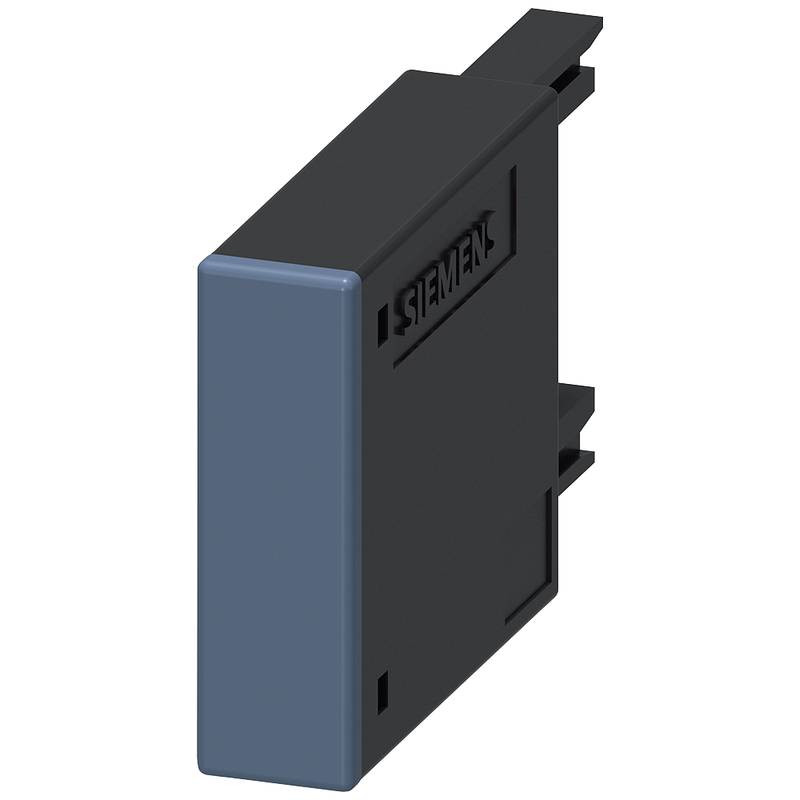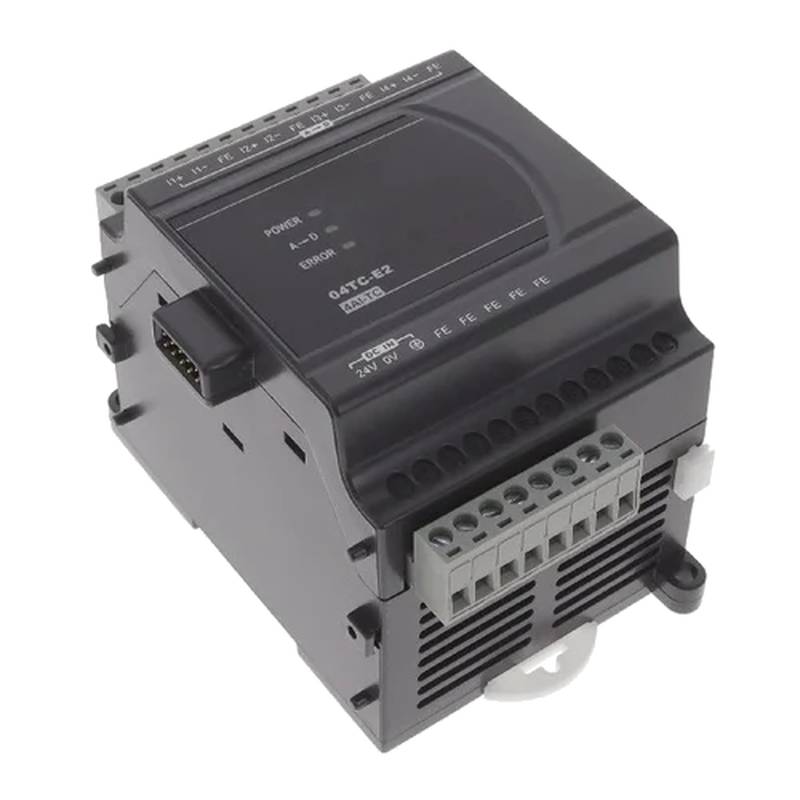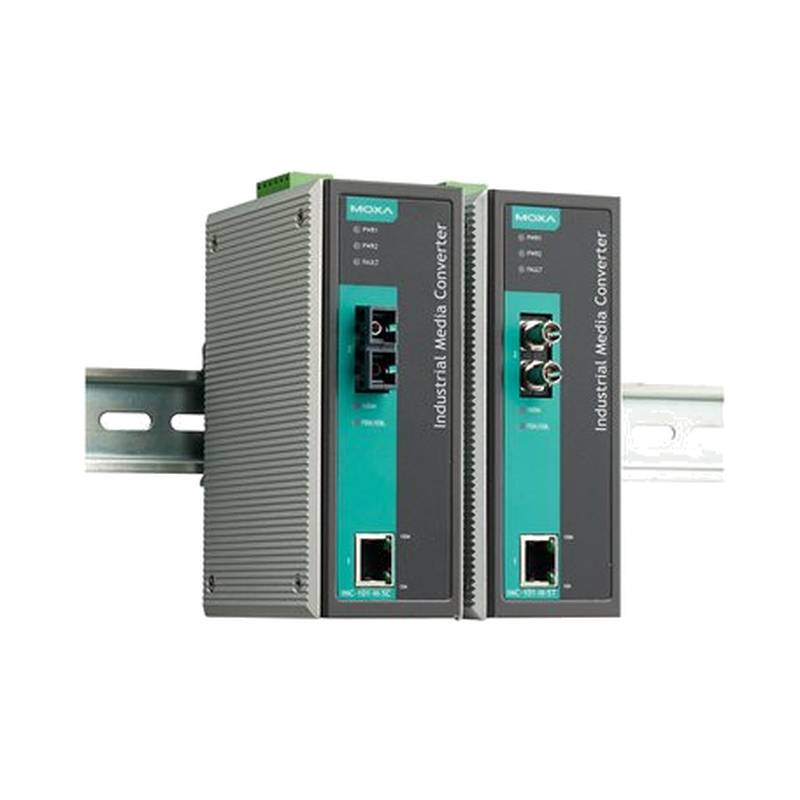
The Moxa UPort 1150I industrial optically isolated serial converter server stands as a robust solution for extending and isolating serial communication in demanding industrial environments. This device offers reliable serial port expansion with essential optical isolation, safeguarding sensitive equipment from damaging voltage surges and ground loops. Its core technical parameters include support for RS-232, RS-422, and RS-485 interfaces, operating temperature ranges from -40 to 85°C, and power input options of 12-30 VDC. The UPort 1150I is engineered for high reliability, ensuring uninterrupted data flow in critical applications.
Product Specifications
| Feature | Specification |
| :------------------ | :------------------------------------------------- |
| Serial Ports | 1 x RS-232/422/485 (selectable) |
| Isolation Voltage | 2 kV optical isolation |
| Data Bits | 5, 6, 7, 8 |
| Stop Bits | 1, 2 |
| Parity | None, Even, Odd, Space, Mark |
| Flow Control | RTS/CTS, XON/XOFF |
| Baud Rate | 50 bps to 921.6 kbps |
| USB Interface | USB 2.0 Hi-Speed |
| Power Input | 12-30 VDC |
| Operating Temp. | -40 to 85°C (-40 to 185°F) |
| Dimensions | 88 x 40 x 120 mm (3.46 x 1.57 x 4.72 in) |
| Mounting | DIN-rail, Wall, or Panel |
| Software Support | Windows 95/98/ME/NT/2000/XP/2003/Vista/7/8/10, CE 5.0/6.0, Linux 2.4/2.6 |
Core Features & Market Positioning
The Moxa UPort 1150I distinguishes itself in the industrial connectivity market through its robust optical isolation, a critical feature for protecting automation equipment from electrical transients and noise inherent in harsh industrial settings. This isolation capability significantly enhances system reliability and reduces the risk of hardware failure, a key differentiator against standard USB-to-serial adapters. The product’s ability to automatically detect and switch between RS-232, RS-422, and RS-485 modes without requiring manual configuration further streamlines integration and reduces potential setup errors, positioning it as a user-friendly yet highly capable serial converter. Its rugged industrial design, including a wide operating temperature range, ensures dependable performance in environments where other devices might falter.
Key Application Scenarios
The UPort 1150I is ideally suited for a wide array of industrial applications where reliable serial communication is paramount. In manufacturing automation, it facilitates the connection of legacy programmable logic controllers (PLCs), sensors, and human-machine interfaces (HMIs) to modern SCADA systems or data acquisition platforms via USB. Its optical isolation is particularly valuable in environments with high electrical interference, such as power substations or chemical processing plants, preventing ground loops and protecting valuable control systems. Furthermore, it serves effectively in building automation for integrating HVAC controls or security systems, and in transportation for managing traffic control devices or rail signaling equipment where robust, isolated serial links are essential for operational integrity.
Practical System Integration Guidance
Integrating the Moxa UPort 1150I involves straightforward steps to ensure optimal performance. For wired connections, users should utilize appropriate shielded serial cables to maintain signal integrity and minimize electromagnetic interference, especially over longer distances. The device supports DIN-rail mounting for easy integration into control cabinets, and includes hardware for wall or panel mounting as needed. Power is supplied via a 12-30 VDC terminal block, requiring a stable, regulated power source. After physical installation, the appropriate Moxa drivers must be installed on the host computer; these drivers create virtual COM ports that applications can interface with, mirroring the standard serial ports they are designed to communicate with.
Operation and Risk Mitigation
Operating the Moxa UPort 1150I primarily involves ensuring correct driver installation and port configuration within the host operating system and application software. The device's robust design inherently mitigates risks associated with electrical surges and ground loops due to its 2 kV optical isolation. To further enhance operational safety, users should verify that the power supply voltage remains within the specified 12-30 VDC range and that all wiring is secure to prevent intermittent connections. While the UPort 1150I is designed for high reliability, common troubleshooting steps involve checking driver status, verifying COM port assignments, and ensuring correct RS-232/422/485 configuration jumpers or software settings align with the connected serial devices.
Scalability & Long-Term Value
The Moxa UPort 1150I offers significant scalability and long-term value through its compatibility with a wide range of operating systems and its inherent ability to support multiple serial communication standards. As industrial systems evolve towards greater connectivity and the Industrial Internet of Things (IIoT), the UPort 1150I can serve as a crucial bridge, enabling older serial devices to integrate into newer digital infrastructures. Its ability to reliably expand serial port availability without requiring significant system overhauls provides a cost-effective solution for extending the life of existing automation hardware. Future system upgrades can incorporate additional UPort 1150I units to increase serial port density as operational needs grow, ensuring a consistent and reliable communication backbone.
Frequently Asked Questions
What is the UPort 1150I’s primary benefit for industrial networks?
The Moxa UPort 1150I offers crucial 2 kV optical isolation, protecting equipment from electrical surges and noise. This significantly enhances system reliability and prevents damage to sensitive industrial devices. It ensures clean data transmission in electrically noisy environments.
This feature is vital for maintaining operational continuity and reducing costly downtime in critical automation systems. The isolation acts as a robust barrier against transient voltages commonly found in industrial settings.
It allows for the seamless integration of older serial equipment into modern networks without compromising safety or performance. The UPort 1150I acts as a dependable link between disparate system components.
How do I select the correct serial interface (RS-232, RS-422, RS-485) on the UPort 1150I?
The UPort 1150I supports automatic detection and configuration for RS-232, RS-422, and RS-485 interfaces. This eliminates the need for manual jumper or switch settings in many scenarios. The device intelligently adapts to the connected equipment.
For specific applications, users may need to consult the device's software utility or driver settings to confirm or manually set the desired serial mode. This ensures proper communication with the target device. Refer to the driver documentation for detailed configuration options.
The intelligent detection capability simplifies installation and reduces the risk of configuration errors, making it easier to deploy in diverse industrial settings. This plug-and-play functionality is a key advantage.
What operating systems are compatible with the Moxa UPort 1150I?
The UPort 1150I is compatible with a broad range of Windows operating systems, including legacy versions like Windows XP and newer versions such as Windows 10. This ensures broad applicability across different computing platforms.
It also supports embedded operating systems like Windows CE and Linux, making it suitable for integration into industrial PCs and embedded automation solutions. This broad OS support enhances deployment flexibility.
Users can download the latest drivers from Moxa's official website to ensure optimal compatibility and performance with their specific operating system version. Always use the most current driver package.
Can the UPort 1150I be used for long-distance serial communication?
While the UPort 1150I provides robust serial conversion, its direct USB connection imposes limitations similar to standard USB extension distances. For very long distances, external solutions like fiber optic extenders are recommended.
The device excels at providing reliable serial port expansion and isolation within a typical control cabinet or local networking environment. It ensures signal integrity over moderate cable lengths.
When extending serial communication beyond standard lengths, consider using Moxa’s dedicated serial-to-fiber converters or Ethernet-based serial device servers for industrial-grade, long-haul solutions. These are designed for extended reach.
What type of power supply is required for the UPort 1150I?
The Moxa UPort 1150I requires a DC power input ranging from 12 to 30 VDC. It utilizes a standard terminal block for power connections. This wide voltage range offers flexibility in power source selection.
It is crucial to use a regulated and stable DC power supply to ensure consistent operation and prevent potential damage to the device. Unstable power can lead to communication errors or device malfunction.
Ensure that the power supply capacity is sufficient to handle the UPort 1150I's power consumption and any other devices sharing the same power source. Proper power management is key to system stability.
How does optical isolation protect my industrial equipment?
Optical isolation provides a galvanic separation between the USB interface and the serial port, preventing ground loops. Ground loops can introduce noise and damage connected devices. The isolation barrier blocks hazardous voltage differentials.
This electrical separation is critical in industrial environments where fluctuating voltage potentials can occur between different pieces of equipment. It protects your investment in automation hardware.
The 2 kV isolation rating ensures a high level of protection against common industrial electrical disturbances, thereby enhancing the overall robustness and longevity of your control system. It’s a critical safety and reliability feature.
What are the benefits of using the UPort 1150I over a standard USB-to-serial adapter?
The UPort 1150I offers industrial-grade construction, a wider operating temperature range, and superior 2 kV optical isolation, features not typically found on standard consumer-grade adapters. This makes it suitable for harsh industrial environments.
Its rugged design and robust isolation provide significantly higher reliability and protection against electrical interference and voltage surges. This translates to fewer communication failures and less downtime.
The selectable RS-232/422/485 interfaces and automatic detection further enhance its versatility and ease of integration compared to single-protocol adapters. It offers greater flexibility for various serial device connections.
Is DIN-rail mounting supported by the UPort 1150I?
Yes, the Moxa UPort 1150I is designed for easy industrial panel mounting and supports standard DIN-rail mounting. This allows for secure and convenient installation within control cabinets.
The DIN-rail mount ensures that the device remains firmly in place, even in environments subject to vibration or shock. It's a common and practical mounting solution in industrial automation.
Included mounting hardware typically facilitates DIN-rail, wall, or panel installation, providing users with options to best suit their specific cabinet layout and space constraints. This offers installation flexibility.
What is the typical maximum baud rate supported by the UPort 1150I?
The Moxa UPort 1150I supports a maximum baud rate of up to 921.6 kbps. This high speed is crucial for applications requiring fast data transfer between serial devices and a host computer.
This high baud rate capability ensures efficient communication with modern serial devices that demand rapid data exchange. It is suitable for applications like high-speed data logging or control.
Achieving the maximum baud rate depends on factors like cable length and signal quality. Using appropriate shielding and ensuring short cable runs can help maintain signal integrity at these speeds.
How does the UPort 1150I integrate with IIoT solutions?
The UPort 1150I acts as a vital bridge for IIoT by enabling legacy serial devices to connect to modern networks. It allows older equipment with serial interfaces to send data to IIoT platforms via a USB host.
By converting serial data to a format usable by a computer connected via USB, it facilitates data acquisition from existing automation assets for analysis and integration into cloud-based IIoT systems. This extends the life of existing hardware.
This serial-to-USB conversion simplifies the process of bringing traditionally isolated serial devices into the broader IIoT ecosystem, promoting data-driven decision-making and operational efficiency. It’s a key component for digital transformation.














